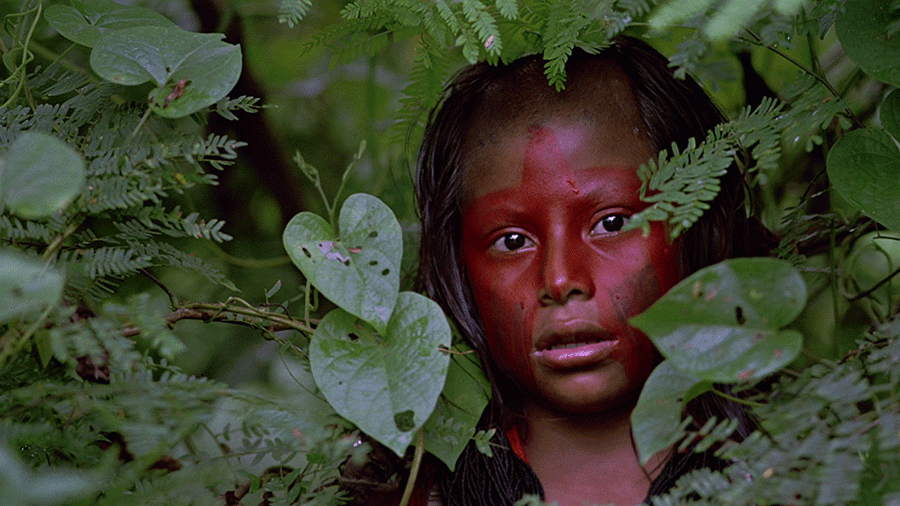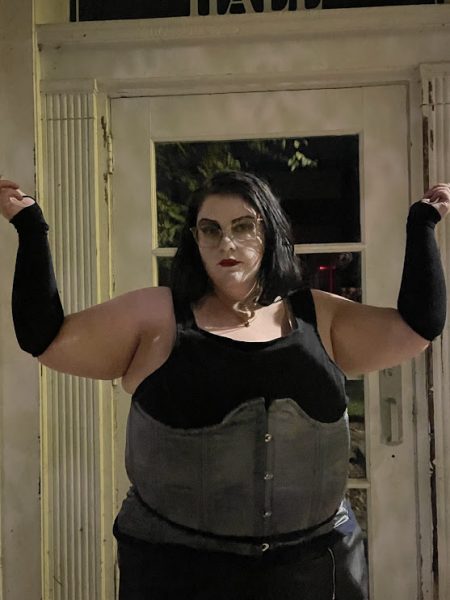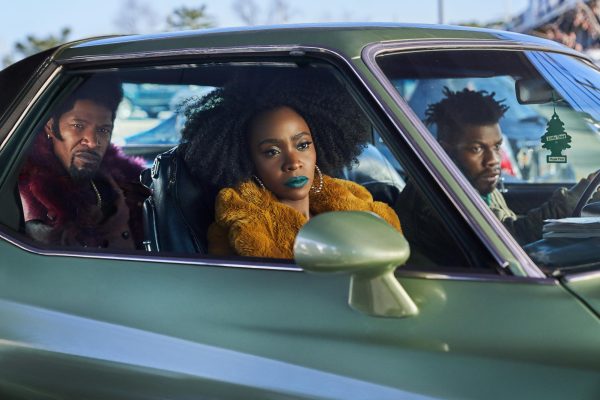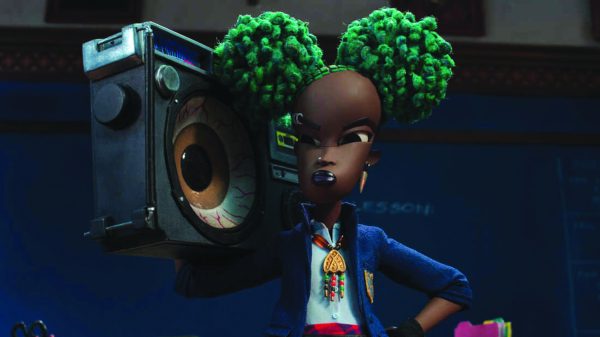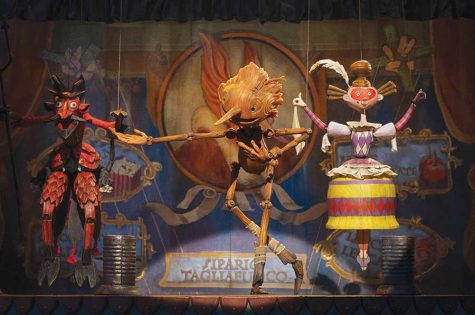“Baraka” is hypnotically watchable
“Baraka” (1992) is an hour-and-a-half long visual experience that will leave you breathless or drooling from boredom, depending on whether or not you can stomach a film with no plot or characters.
The film has no traditional narrative, no dialogue. What it does have is utterly gorgeous footage of people and places from around the world, edited into a highly evocative and emotionally resonant ‘trip’ that few other films can even begin to touch.
“Baraka” was shot in 24 different countries on six continents (all except Antarctica). While it heavily features visuals of world religions—bowing worshipers in The Great Mosque of Mecca, incense wielding Priests in Reims Cathedral, Whirling Dervishes in Istanbul, dance rituals of Maasai nomads—there is also a strong theme of nature and traditional society versus modernity.
Ron Fricke, the director of “Baraka,” must like to make this type of movie, because he does it over and over again. “Koyaanisqatsi” (1982), for which he was cinematographer, and “Samsara” (2011), which he also directed, the two films besides “Baraka” he is best known for, are more or less the same movie, albeit with slight thematic differences in their visuals. Conventional wisdom tells us this is wrong, but unconventional films like these are the exception that proves the rule.
Having watched all three of these films, if he makes a fourth one in the same vein I would eagerly watch that one as well. The reason for this is simple: the cinematography is stunningly beautiful and the camera never lingers on any one segment long enough to bore.
Equally important is the balance between positive and negative imagery. Sometimes you will be charmed and other times you will cringe. The juxtaposition of the positive and the negative, the beautiful and the ugly, the joyous and the horrifying certainly helped to keep me engaged throughout the film.
Slow-motion and time-lapse are used extensively, to great effect. Particularly in shots of the starry sky and cityscapes, the use of time-lapse is complemented with a subtle movement effect. The result is a seemingly normal panning camera motion with a rushing time-lapse background that really has to be seen to be understood. Shots of the sky using this technique, especially with objects in the foreground are very intense, almost to the point of inducing vertigo.
The only negative thing I can really say about “Baraka” is that it might be difficult to fully appreciate the meaning of what is being shown if you don’t already know about it prior to watching the film. At one point the film shows skulls and photographs of the victims of the Khmer Rouge genocide, but it would be difficult to specifically identify it as such based solely on what we are shown in the film. That’s the trouble with purely visual storytelling: it’s emotionally compelling, but lacking in contextual information.
The soundtrack of “Baraka” is very ambient and moody. Often the chanting, drum beats, etc. sync up very nicely with the visuals, enhancing the experience. One especially evocative slice-of-life scene in a Brazilian favela coupled with a cheery pan flute melody almost made me tear up. Almost.
Everyone should try to watch “Baraka” at least once. It may be too experimental for some, but it’s also a movie that will leave those who ‘get it’ hungry for more. Hint hint, Mr. Fricke.
You can watch Baraka on YouTube for $2.99.


